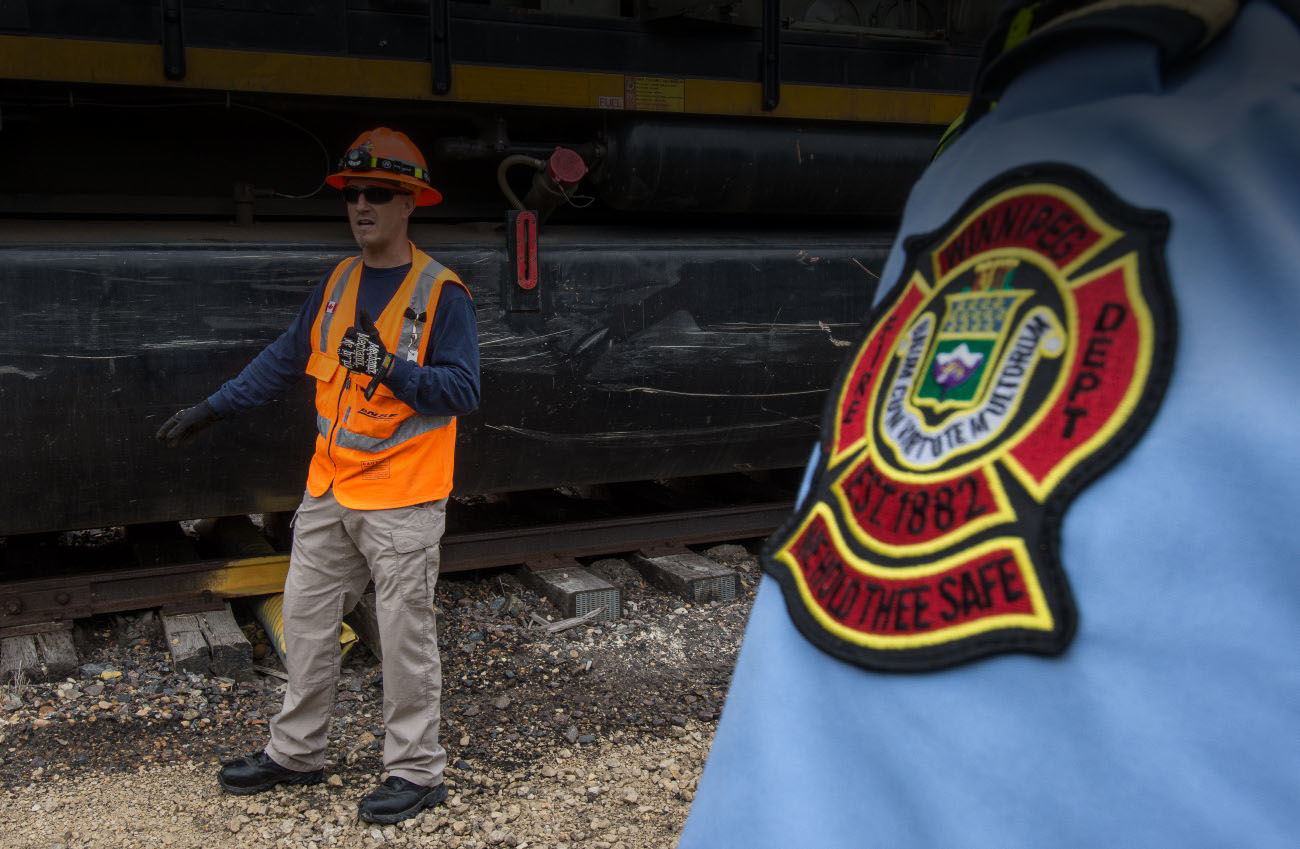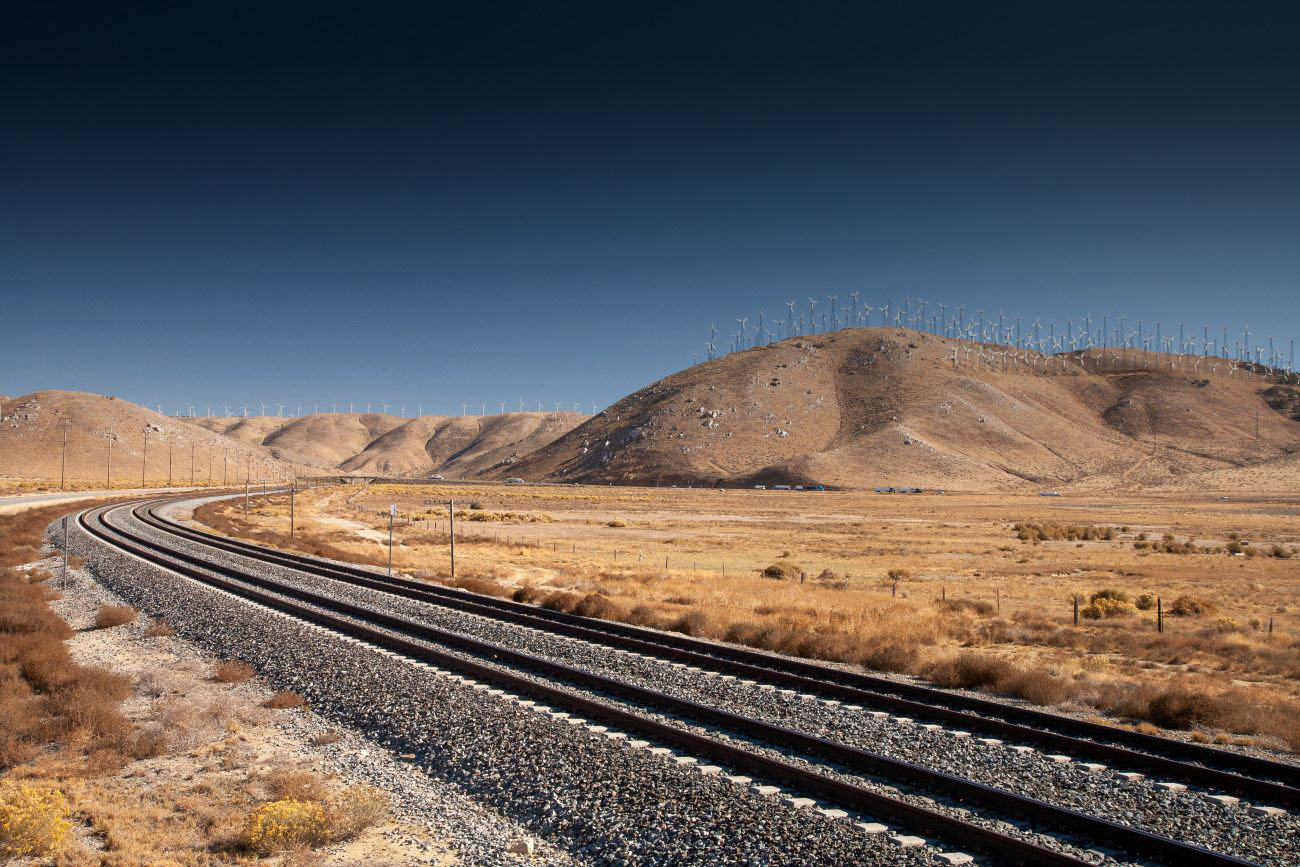Any time is train time: BNSF employees volunteer their time to help keep public safe
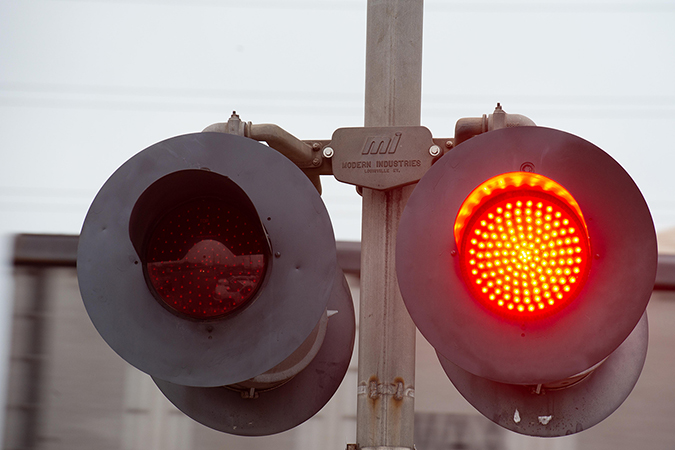
A truck driver’s rig recently became lodged on railroad tracks in Louisiana just as a train was approaching. Thankfully, the local sheriff got the driver out of his truck before impact. Though the trailer was totaled and dozens of railcars derailed, most importantly the driver was not injured, and no one lost their life.
Sadly, not all incidents end this way. Deaths and injuries as a result of highway-rail crossing collisions occur regularly. A person or vehicle is hit by a train about every three hours in the U.S., according to Operation Lifesaver Inc. (OLI), a nonprofit leader in rail safety education.
This week, Sept. 18-24, is Rail Safety Week, a great time to remind the public to be safe around railroad tracks and crossings, but all of us should be mindful 24/7/365. Helping us in this cause are employees who volunteer to conduct rail safety education – to young children, new drivers, first responders and professional drivers, among others. Some serve on the OLI boards in their states or at the national level, leading their teams to raise awareness.
“Much of the public doesn’t realize that railroad tracks are private roads for trains and are an illegal and dangerous place to run, cycle or even walk dogs,” BNSF Vice President of Safety, Training and Operations Support Mark Schulze, who serves on the national OLI board, said. “That’s why raising awareness and sharing the rail safety message are so important.”
Here are just a few of the many BNSF employees who are helping to make the communities in which we live and work safer.
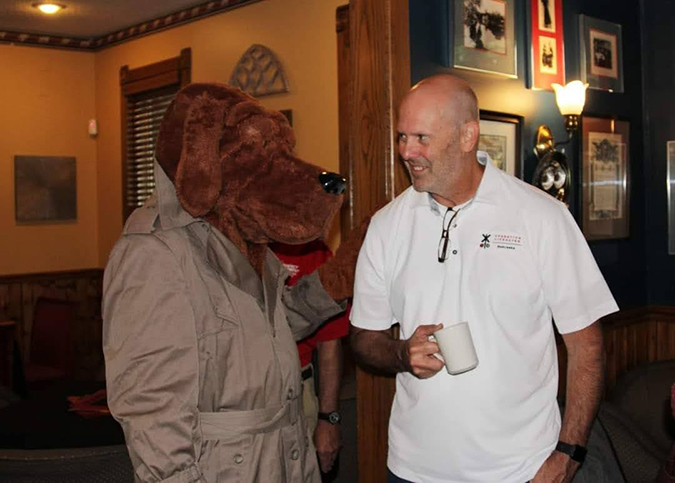
Billy Anderson
A machinist and safety assistant at our wheel plant in Havelock, Nebraska, as well as 2022 Mechanical Co-Safety Employee of the Year, Billy Anderson knows all about safety in the workplace. But he doesn’t stop there. For more than 10 years he’s been actively making rail safety presentations as an OLI volunteer.
“To be honest, I was looking to add material to my resume when I became a volunteer,” Anderson said. “But I became passionate about the need for getting the rail safety message out to the public.”
What he’s found over the years is that most people, even in Nebraska where freight trains are common, don’t understand basic railroad safety. That’s why Anderson spends many weekends setting up a booth, frequently at a children’s museum, State Fairs, model train shows or University of Nebraska events spreading the word.
“There’s a real need to raise awareness,” he said. “One of the things people are most surprised about is why a train can’t stop quickly, in some cases it may need a mile or more.”
Anderson frequently uses a trailer with a locomotive console built into it to give people a chance to sit in the engineer’s seat. “It’s a fun way for them to learn and hopefully they take away that any time is train time.”
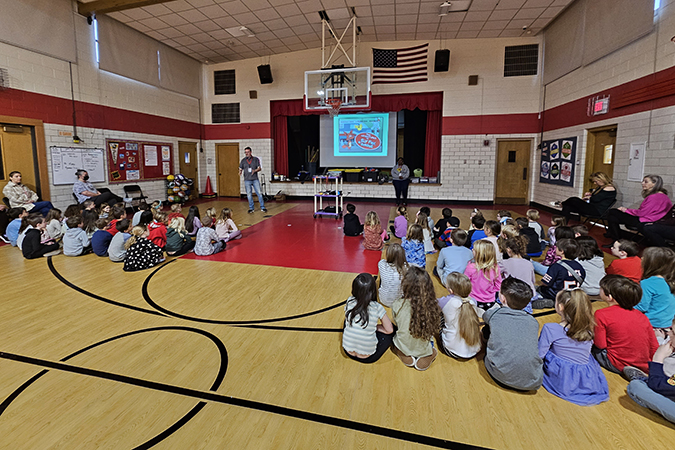
Dustin Ebers
A conductor with our suburban services operations in Chicago, Dustin Ebers has dedicated his time to volunteering with OLI because of his own encounters with fatal accidents involving railroad tracks. Instead of becoming disheartened, Ebers took it upon himself to turn those experiences into something positive. He believes sharing safety knowledge can go a long way in preventing accidents and fatalities.
Since joining the program in 2021, Ebers has visited schools, ranging from elementary to high school and has spoken to the public at train stations.
“I want to be on the proactive side and get information out to the people to learn about safety,” Ebers said. “The public can be unaware of the risks they take around the tracks, so even getting out one new piece of knowledge to someone can be worth it.”

Gene Gilmore
For 20 years, Senior Special Agent Gene Gilmore has patrolled BNSF tracks and responded to and investigated grade-crossing incidents, among other duties as a railroad law enforcement officer. Wanting to be proactive and help reduce trespasser and crossing incidents, he began volunteering as an OLI presenter and then as a grade-crossing collision investigation instructor, conducting rail education classes for law enforcement.
“We have a Railroad Safety 101 program for first responders to help them know what to expect when they’re around trains and tracks, what to do for a crossing gate issue or for a grade-crossing investigation,” Gilmore said. “Some may have some understanding of railroads, but like anyone, we want them to know what to expect so they can be safe and help us enforce the laws.”
Most recently the El Paso, Texas-based Gilmore has provided training to the National Guard at the border.
Because his territory extends into New Mexico, Gilmore became active at the OLI state level, first as the law enforcement liaison, then secretary and now chairperson. The board identifies where there are issues and ideas for how to resolve those, from radio spots and signage in both English and Navajo to more training to conducting “officer on the train” events.
His next goal is to become certified as an OLI Coach, one who trains the trainers of volunteers.
While his involvement is a commitment, it’s all about one thing, he said: To save a life.

Ebony Harris
Senior Special Agent Ebony Harris is leading her state’s OLI efforts, now serving on the board in Oklahoma and representing BNSF, in addition to her daily duties safeguarding the railroad.
“I’m always looking for opportunities to enhance rail safety, both on the local and state level,” said Harris, who is based out of Oklahoma City. While she may be new to the board, she’s had lots of lessons about the need for this education.
“I see people walking down the middle of the tracks with their headphones on,” she said. “Not only are they trespassing, but they’re also not aware that a train might be coming up behind them.”
To the drivers she sees going around a crossing arm or trying to beat a train, she’s respectful and explains the dangers of their actions – in addition to writing them a citation. “It’s a way to drive home the consequences of what might happen if a train were coming,” she said.
With Rail Safety Week under way, she’s excited about the OLI efforts under way in Oklahoma, including railroad safety messages in “Work Zone Safe Project” presentations being given to young drivers. “We’re now the only state in the nation to include these messages for teen drivers,” she said.
Harris and another special agent are planning to hold rail safety classes for both the Creek and Chickasaw nations. Also, thanks to a grant, public service announcements will soon air in Spanish in the state.
“I’m looking forward to representing BNSF on the state board and being part of something of this magnitude,” she added. “Railroad safety is all about education.”
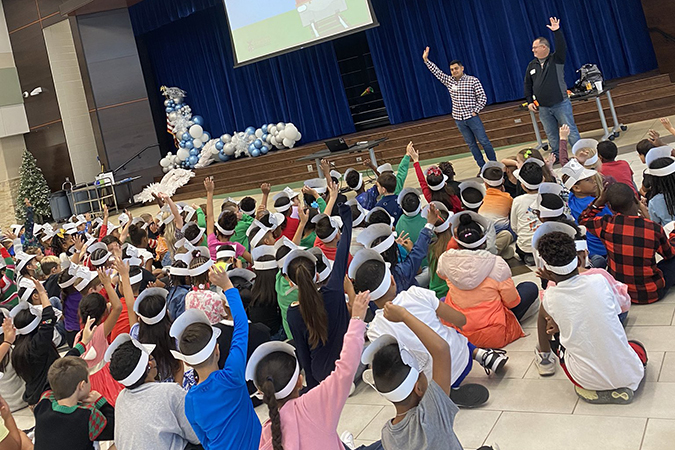
Dani Martinez
Dani Martinez, a trainmaster in Houston, has been involved in promoting rail safety in the community, and in 2022, he started volunteering for OLI.
His passion for promoting safety awareness stems from the fact that there's a railroad track about half a mile from his son’s school. As the lead coordinator for the WatchDOGS (Dads Of Great Students) at the school, Martinez feels a sense of responsibility to educate children about the dangers of being around rail tracks.
Last year, Martinez spoke to the second graders at his son's school, about 150 kids.
“As a BNSF employee, I felt a calling to educate the students about train track safety,” Martinez said. “The school’s mascot is even a bulldog wearing a conductor hat!”
Did You Know?
Not just during Rail Safety Week, but any time, keep these train and track safety basics in mind:
- Freight trains don't travel at fixed times. Schedules for passenger trains often change. Always expect a train.
- All train tracks are private property. Never walk on tracks; it's illegal to trespass and highly dangerous.
- It takes the average freight train traveling 55 mph more than a mile -- the length of 18 football fields -- to stop. Trains cannot stop quickly.
- Trains have the right of way 100% of the time over pedestrians and vehicles, including police and emergency vehicles.
- Trains overhang tracks. Stay 15 feet back from the tracks. Always assume railroad tracks are in use, even if there are weeds or the track looks unused.
- Trains can move on any track, in either direction at any time. Sometimes its cars are pushed by locomotives instead of being pulled, which is especially true in commuter and light rail passenger service.
- Trains are quieter and moving faster than you think. Today's trains are quieter than ever, often producing no telltale “clackety-clack.”
- Remember to cross train tracks ONLY at designated pedestrian or roadway crossings and obey warning signs and signals posted there.
- Stay alert around railroad tracks. Refrain from texting, using headphones or other distractions that would prevent you from hearing an approaching train; never mix rails and recreation.
